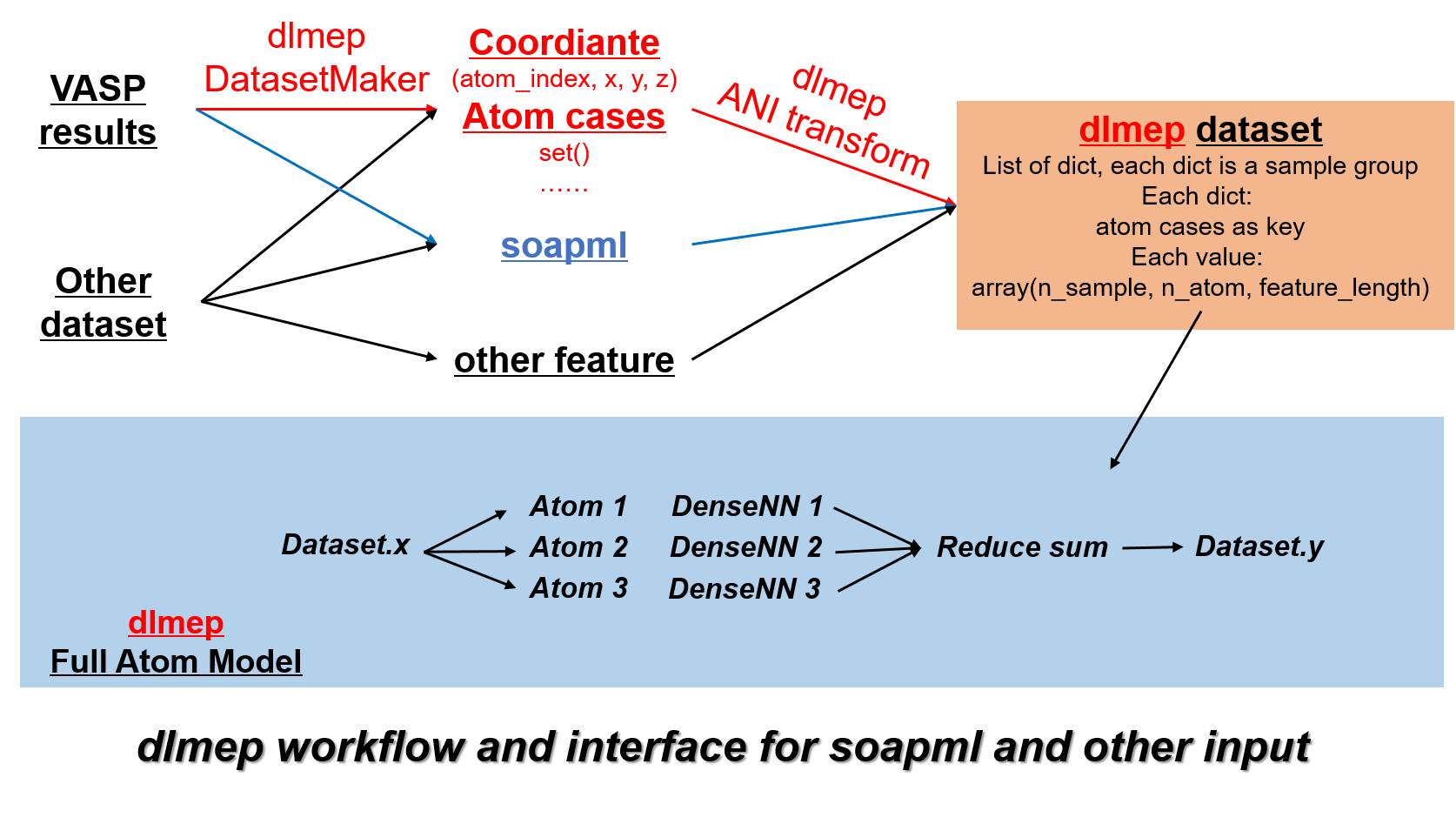ANI-1: An extensible neural network potential with DFT accuracy at force field computational cost
Deep learning is revolutionizing many areas of science and technology, especially image, text and speech recognition. In this paper, we demonstrate how a deep neural network (NN) trained on quantum mechanical (QM) DFT calculations can learn an accurate and fully transferable potential for organic molecules. We introduce ANAKIN-ME (Accurate NeurAl networK engINe for Molecular Energies) or ANI in short. ANI is a new method and procedure for training neural network potentials that utilizes a highly modified version of the Behler and Parrinello symmetry functions to build single-atom atomic environment vectors as a molecular representation. We utilize ANI to build a potential called ANI-1, which was trained on a subset of the GDB databases with up to 8 heavy atoms to predict total energies for organic molecules containing four atom types: H, C, N, and O. To obtain an accelerated but physically relevant sampling of molecular potential surfaces, we also propose a Normal Mode Sampling (NMS) method for generating molecular configurations. Through a series of case studies, we show that ANI-1 is chemically accurate compared to reference DFT calculations on much larger molecular systems (up to 54 atoms) than those included in the training data set, with root mean square errors as low as 0.56 kcal/mol.
PDF Abstract